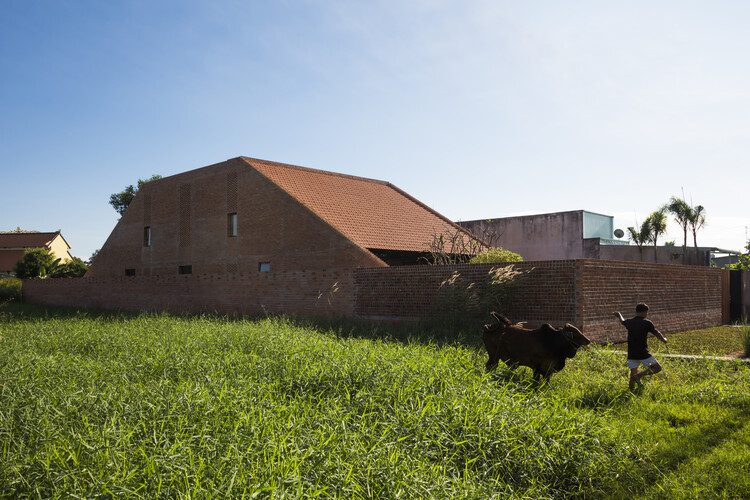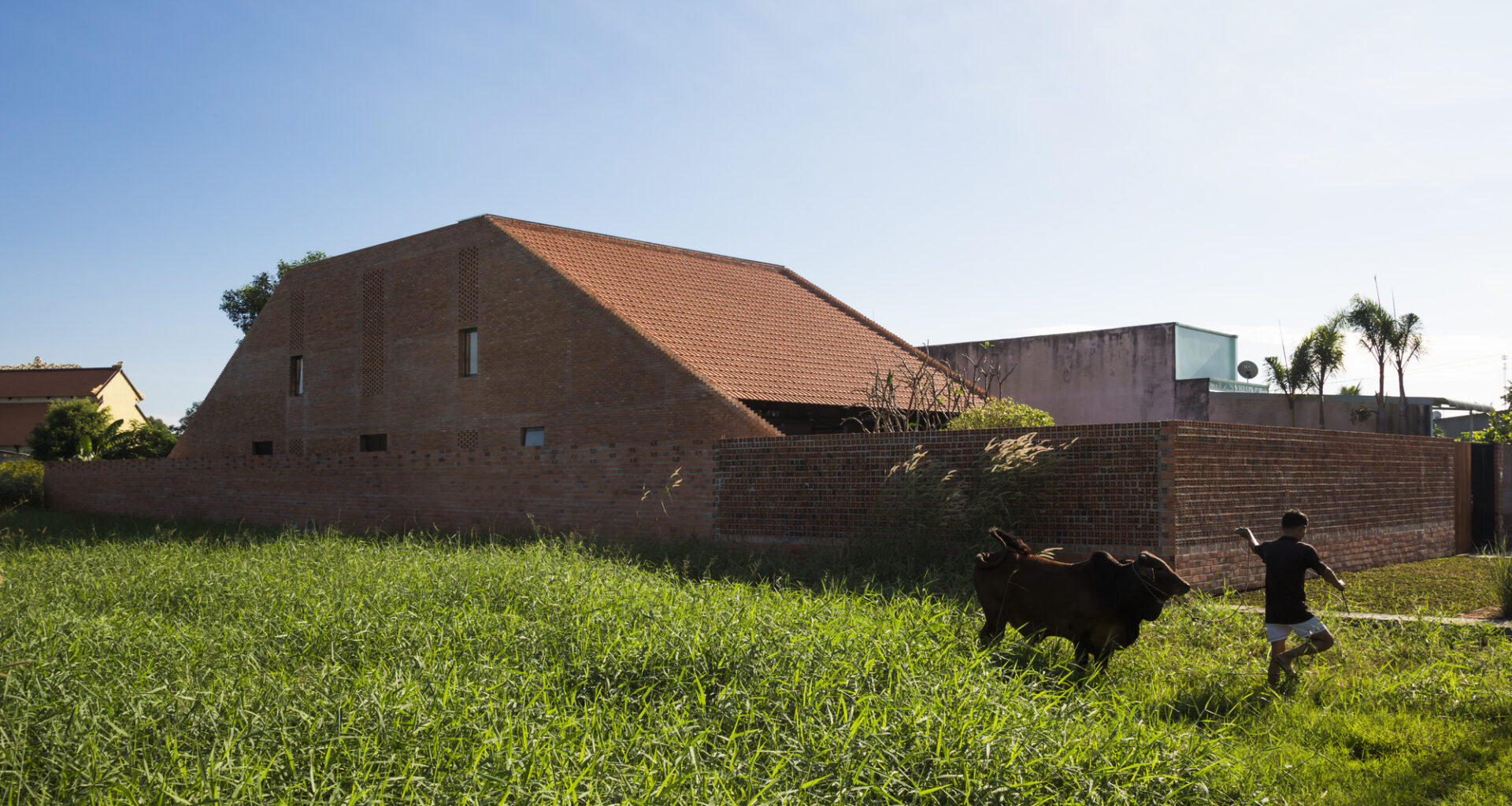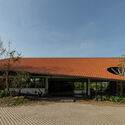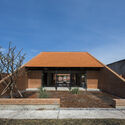 Side view of Long An House by Tropical Space. Image © Hiroyuki OKI
Side view of Long An House by Tropical Space. Image © Hiroyuki OKI
Share
Or
https://www.archdaily.com/1032189/tradition-in-clay-vietnams-architectural-exploration-with-traditional-tiles
Red clay roof tiles appear in many architectural traditions around the world, despite the cultures being geographically or historically distant. However, this isn’t necessarily surprising. Clay is an abundant and accessible building material worldwide, with some studies and other sources suggesting it comprises approximately 10-13% of the Earth’s soils. Red tiles, in particular, are often a product of the local soil’s mineral content and the firing process. Their widespread use across unrelated regions is less about shared cultural influence and more about material logic: clay is cheap, durable, and easy to work with using simple tools and techniques. In Vietnam, for example, there is a unique and visible tradition of clay tile use that dates back centuries. Regions like Vinh Long, nicknamed the “kingdom of red ceramics”, have an abundance of this material, supporting a long history of tile-making. In some parts of Vietnam, these tiles are known as Yin-Yang tiles, due to the concave and convex shape in which they are formed during production.
What differs is how these cultures apply the material. In countries like Italy or Spain, as well as regions such as Latin America, red clay tiles are common but visually understated. Roofs tend to have low slopes or may be hidden behind parapets. Therefore, even though they are functionally present, they are not the most dominant element in the architectural landscape, unless seen from above. In Vietnam, by contrast, clay tiles are visually central. Especially in temples, steep pitches and large roof spans make the material a defining feature. This tradition seems to continue today in contemporary Vietnamese architecture. Designers are pushing the expressive potential of clay tiles, recently using them in sculptural ways that extend beyond function. In this way, they are keeping the tradition alive and exploring the material’s current role in design. While other cultures also reinterpret traditional materials, Vietnam’s approach stands out for its boldness and consistency in reimagining clay tiles for modern aesthetics.






